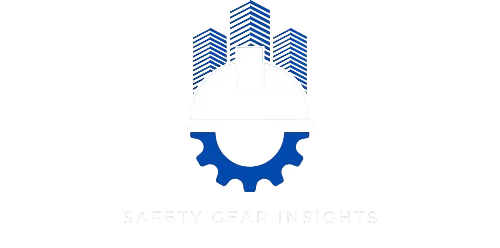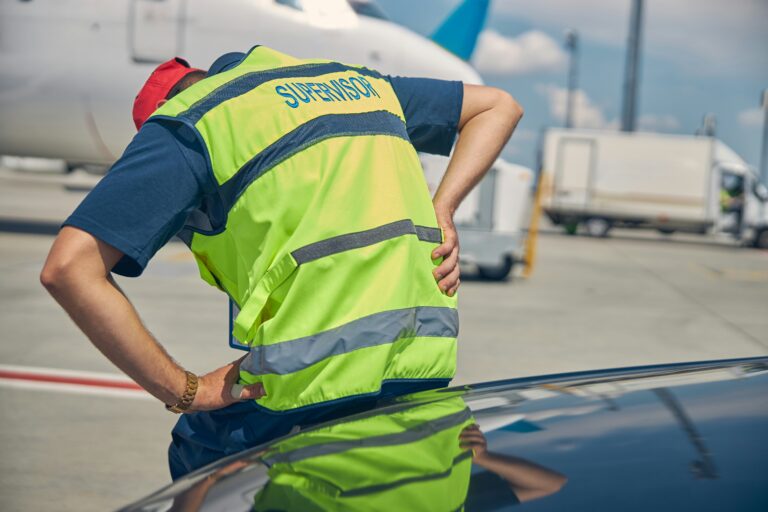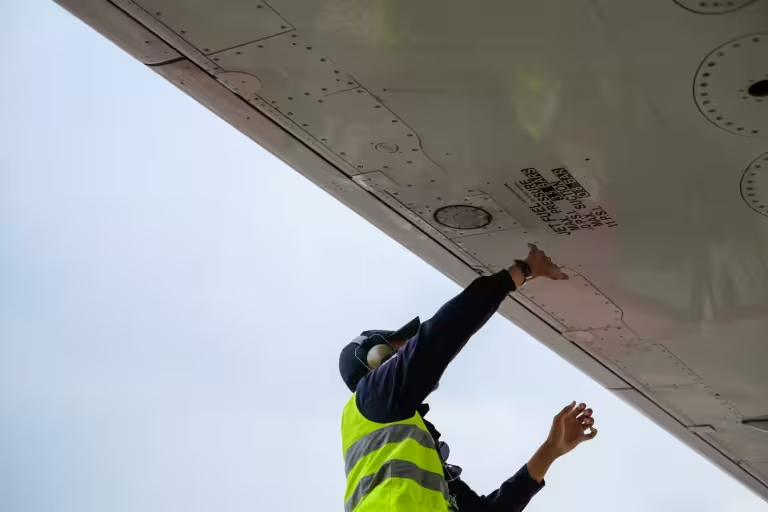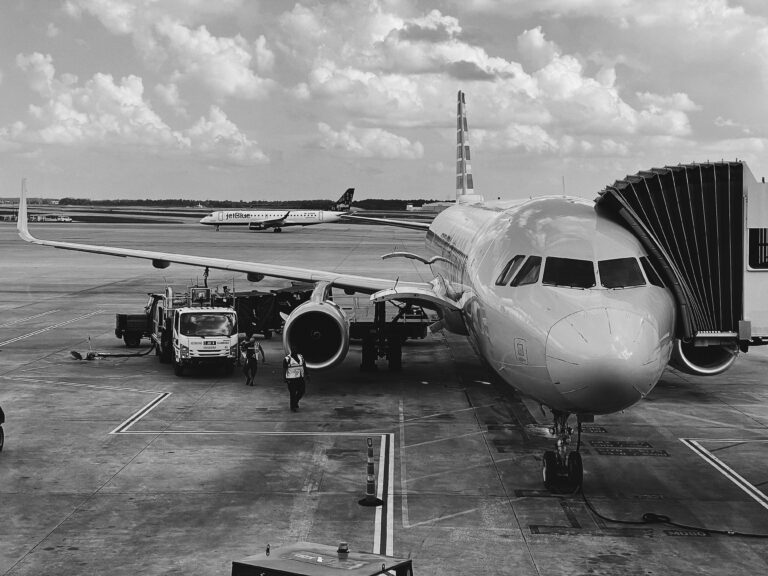Introduction
Risk assessment and hazard identification are crucial in maintaining safety and compliance in the high-stakes environment of aircraft maintenance. In 2024, as safety regulations and best practices evolve, it’s even more important to stay updated on effective risk assessment methods. This guide provides a foundation for understanding risk assessment, highlighting recent advancements, common hazards, and key steps to help your team proactively manage risks in aircraft maintenance.
1. The Importance of Risk Assessment in Aircraft Maintenance
- Why It Matters: Aircraft maintenance teams must ensure the safety and functionality of every component. From the smallest part to major systems, nothing can be overlooked. Proper risk assessment not only protects workers from injury but also ensures aircraft safety for pilots, crew, and passengers.
- 2024 Update: This year, regulatory bodies like the FAA and OSHA are emphasizing regular risk assessments. By reducing human error and improving accountability, these assessments help keep standards high.
2. Core Components of a Comprehensive Risk Assessment
- Hazard Identification: The first step is to identify potential hazards specific to aircraft maintenance. Common risks include electrical dangers, exposure to hazardous materials, ergonomic stress, and mechanical injuries.
- Risk Analysis: After identifying hazards, assess both the likelihood and severity of each risk. This prioritization helps focus on the most significant risks.
- Risk Evaluation: Compare identified risks with industry standards to determine acceptable levels. This includes consulting guidelines from FAA, OSHA, and other relevant authorities.
- Control Measures: Finally, implement control measures to reduce risks. This might include engineering controls (like specialized tools or PPE), administrative controls, and regular safety training.
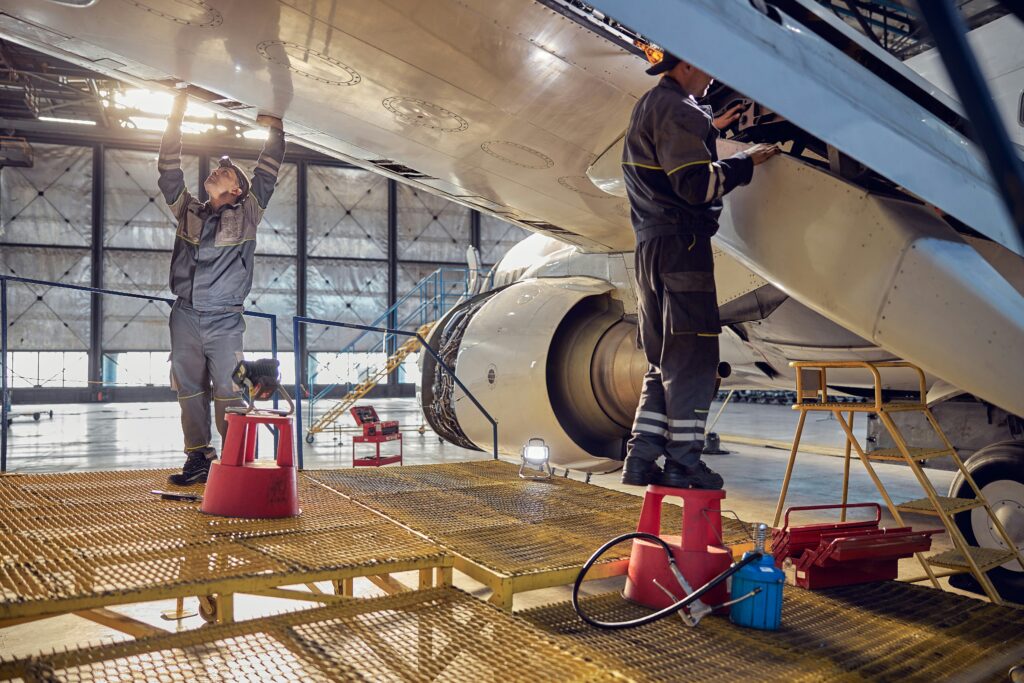
3. Key Hazard Categories in Aircraft Maintenance
- Mechanical Hazards: Handling heavy machinery and tools can introduce risks like cuts, bruises, and even crush injuries.
- Electrical Hazards: Working with electrical systems requires special caution. Awareness of electrical risks and lockout-tagout procedures is essential for safety.
- Chemical Hazards: Maintenance often involves chemicals like degreasers, paints, and lubricants. These pose risks to both respiratory health and skin.
- Environmental Hazards: Factors such as noise and extreme temperatures in hangars can lead to long-term health impacts if not managed properly.
4. Advances in Risk Assessment
- Predictive Analytics and AI: Today’s risk assessment methods use AI and predictive analytics to improve accuracy. Many tools use historical maintenance data to predict risks in specific parts or processes. This allows teams to address issues proactively.
- Digital Risk Management Platforms: New digital platforms integrate risk assessment into maintenance management systems. These systems provide real-time updates and track safety metrics to ensure compliance.
- Focus on Ergonomics: Research in 2024 emphasizes ergonomics in maintenance. Properly designed workspaces help reduce the risk of musculoskeletal injuries and improve safety.
- Additional Resource: For detailed guidance, refer to the FAA’s Risk Management Handbook (FAA-H-8083-2A), which covers safety risks in aviation.
5. Steps for Conducting a Risk Assessment in Aircraft Maintenance
- Step 1: Identify Hazards – Begin with a walkthrough of the maintenance area, using safety checklists to identify hazards specific to the tasks performed.
- Step 2: Assess Risk – Assign a risk level to each hazard, considering both likelihood and potential impact. This will help prioritize high-risk areas.
- Step 3: Implement Control Measures – Based on your assessment, determine the best control measures, such as engineering, administrative controls, or PPE.
- Step 4: Monitor and Review – Regularly monitor and adjust control measures as new hazards emerge or processes change. Documenting each risk assessment helps track improvements or identify emerging risks over time.
- Step 5: Engage the Team – Conduct safety briefings and training to ensure all team members understand the risks and the safety measures in place.
6. Regulatory Updates for Risk Assessment
- FAA & OSHA Guidance: In 2024, the FAA and OSHA introduced new safety standards, placing a focus on predictive maintenance and real-time hazard tracking. These updates are aimed at preventing issues before they escalate.
- New Tools for Compliance: Thanks to recent advances, compliance has become more manageable. Tools that integrate real-time data monitoring make reporting and review easier.
Conclusion
Risk assessment and hazard identification in aircraft maintenance are dynamic processes, and staying informed on the latest advancements is essential for a safe and compliant workplace. As new technology and safety insights emerge, proactive risk management is becoming increasingly effective. For maintenance teams, a thorough and updated approach to risk assessment not only minimizes hazards but also enhances safety and efficiency.
This post lays the groundwork for our series on risk assessment in aircraft maintenance. Stay tuned for the next article, where we’ll explore mechanical and electrical hazard management in greater detail.
